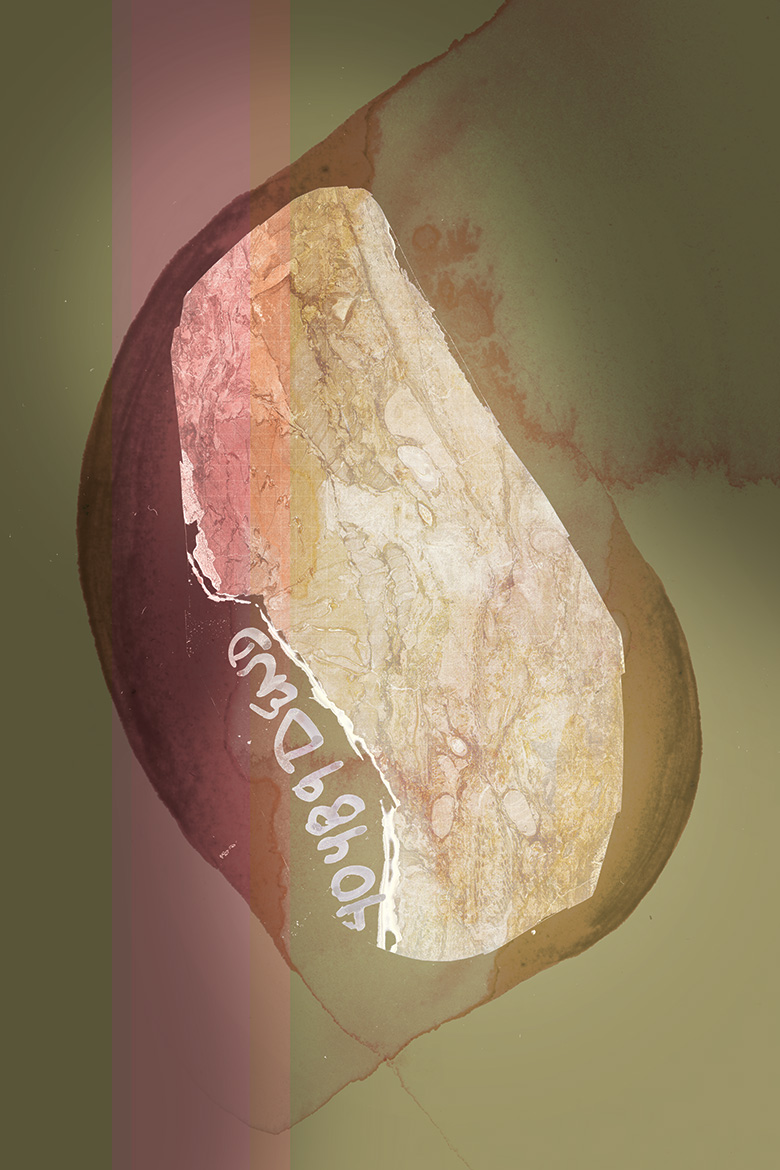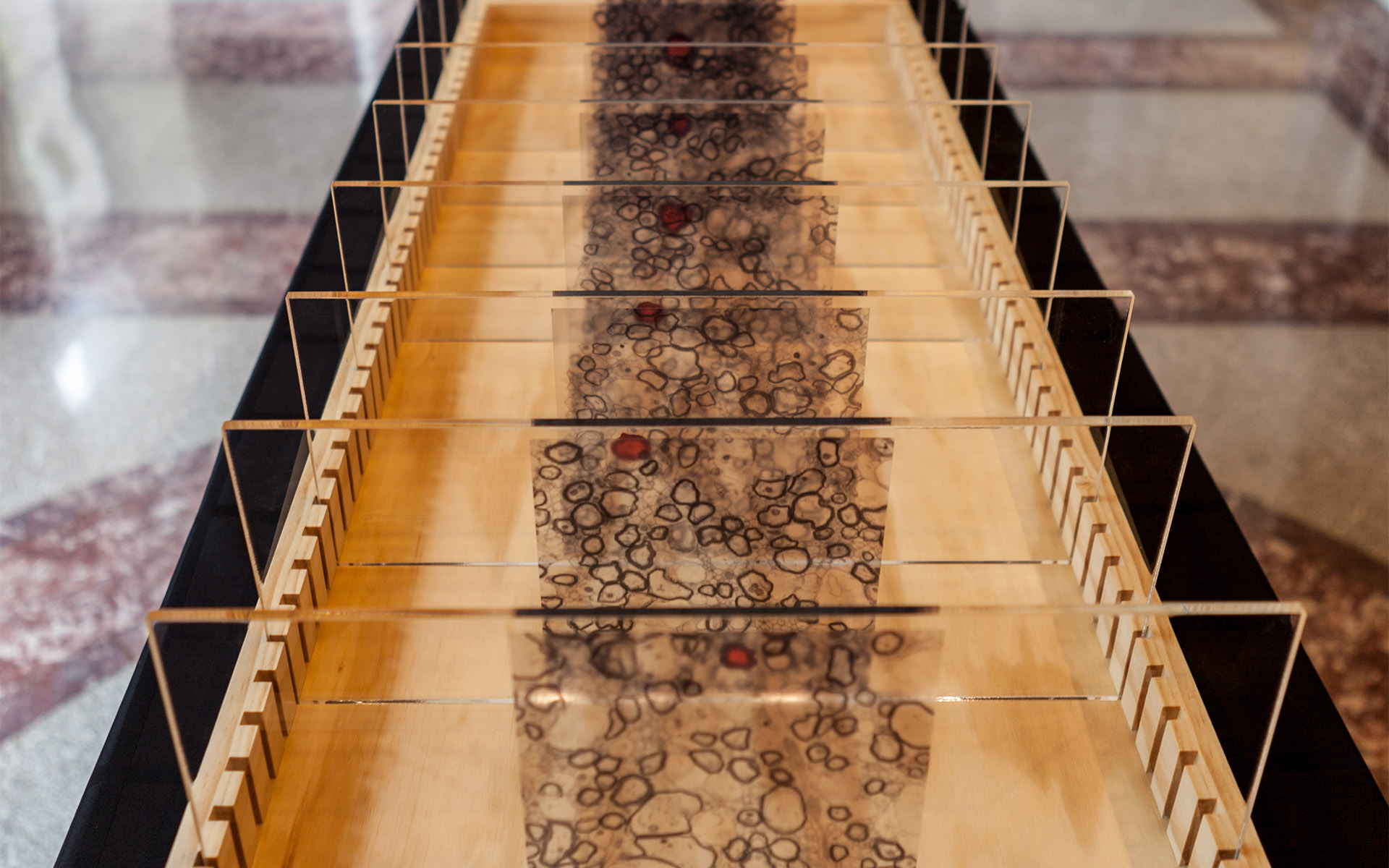
Scientist Collaborators Surangi Punyasena, Scott Lakeram, Scott Elrick
Punyasena Paleoecology Group
Zeiss Axio Zoom
Funded by University of Illinois Phillips Fund for Paleobotany (Department of Plant Biology) Illinois State Geological Survey
Imagine stepping into a time machine and going back to 300 million years ago. You walk out and a warm, moist breeze greets you. It is not the humidity from corn sweat; it’s from entering a vast coastal swamp forest. Illinois used to be located near the equator as part of the supercontinent Pangaea. Over the next few millennia, the area turned into a warm, dry landscape of hills and valleys and was subsequently flattened by glaciers that formed during the Ice Age. We can only imagine what this land will look like several million years from now.
Our understanding of Illinois’ flora stems, in part comes from coal balls – fossils that are formed when minerals from water fill in the open spaces of an organism. These petrified plant fossils allow us to understand the ecology and biodiversity of our past. Inspired by the history of Illinois, the artist used watercolors to bestow the feel of an old photograph on the research image. The subtle grid is a nod to how the specimens are analyzed square by square. When we think of mass extinctions, we usually think of animals disappearing, but if you look at the piece closely, you will see the extinct plants, which are too often forgotten when we look back at the history of our planet.

